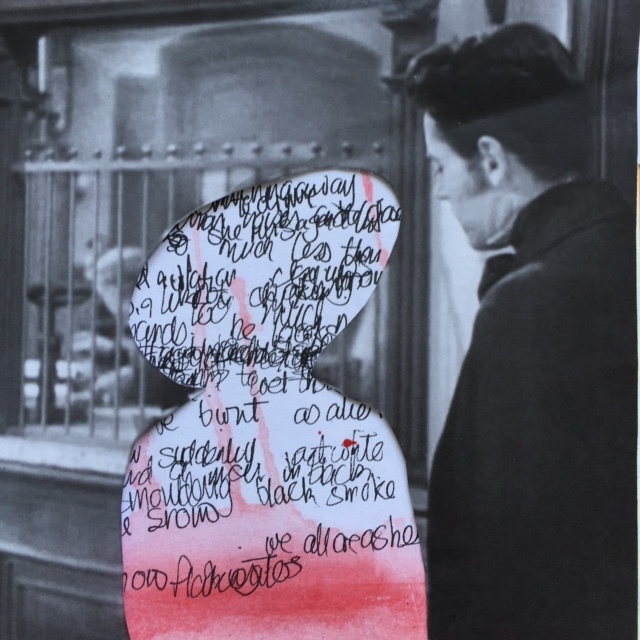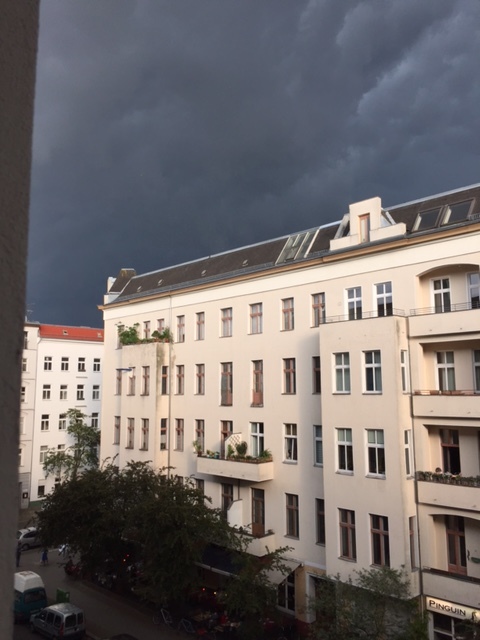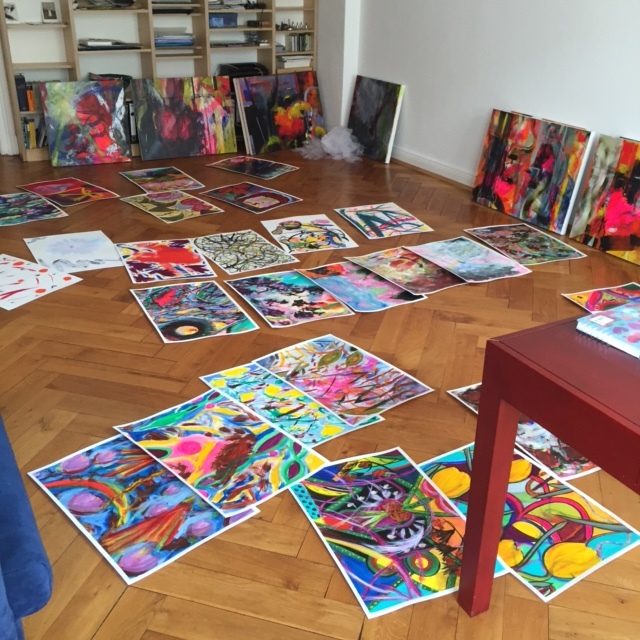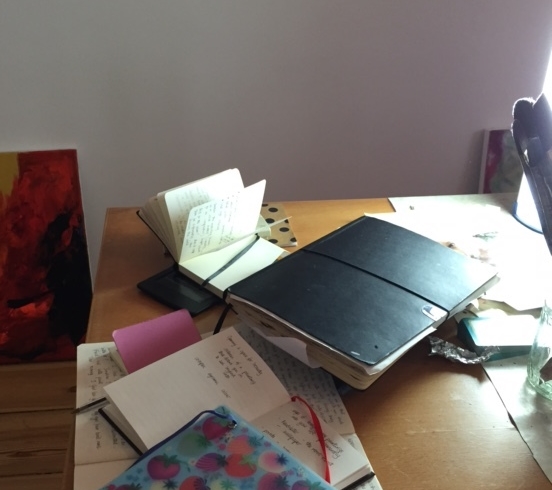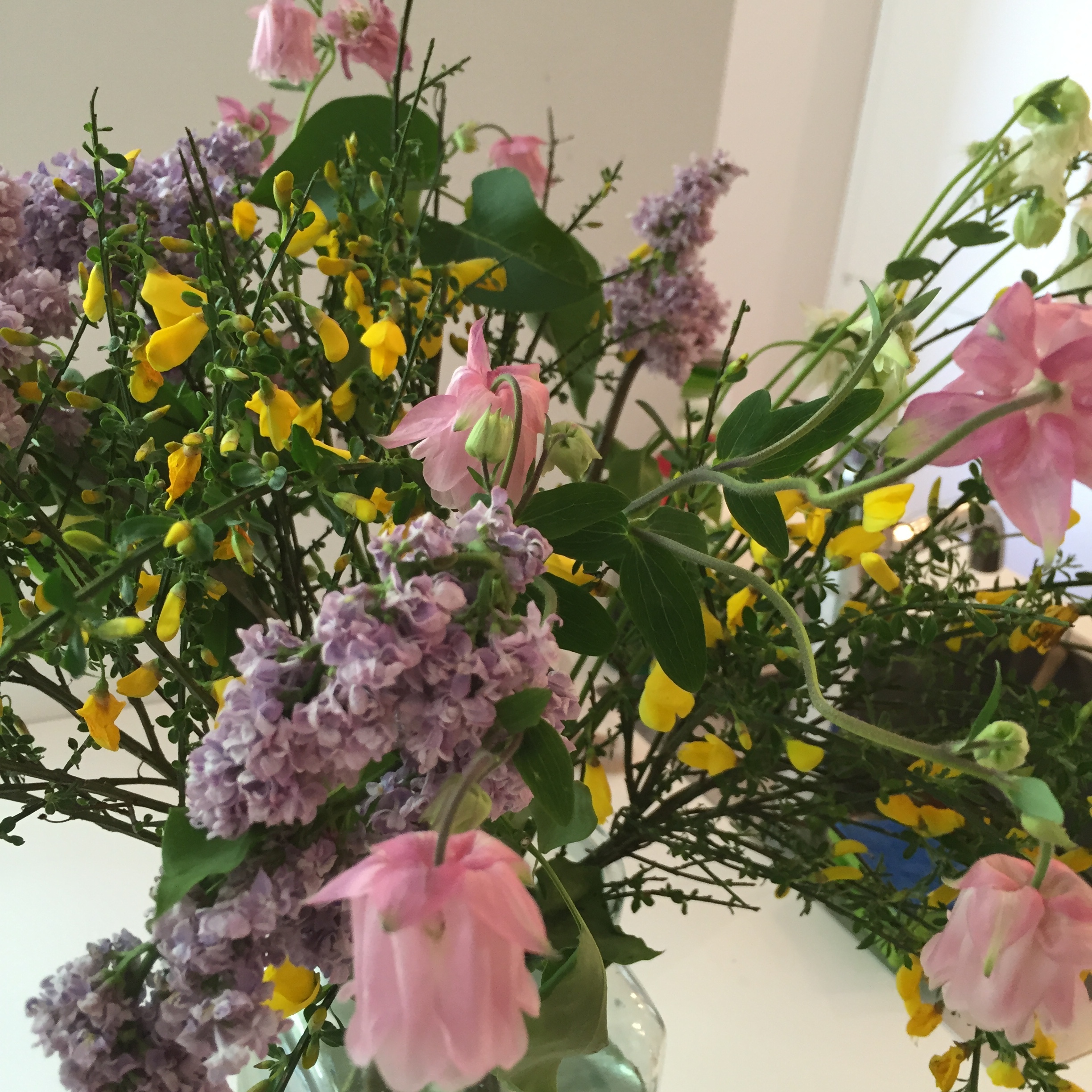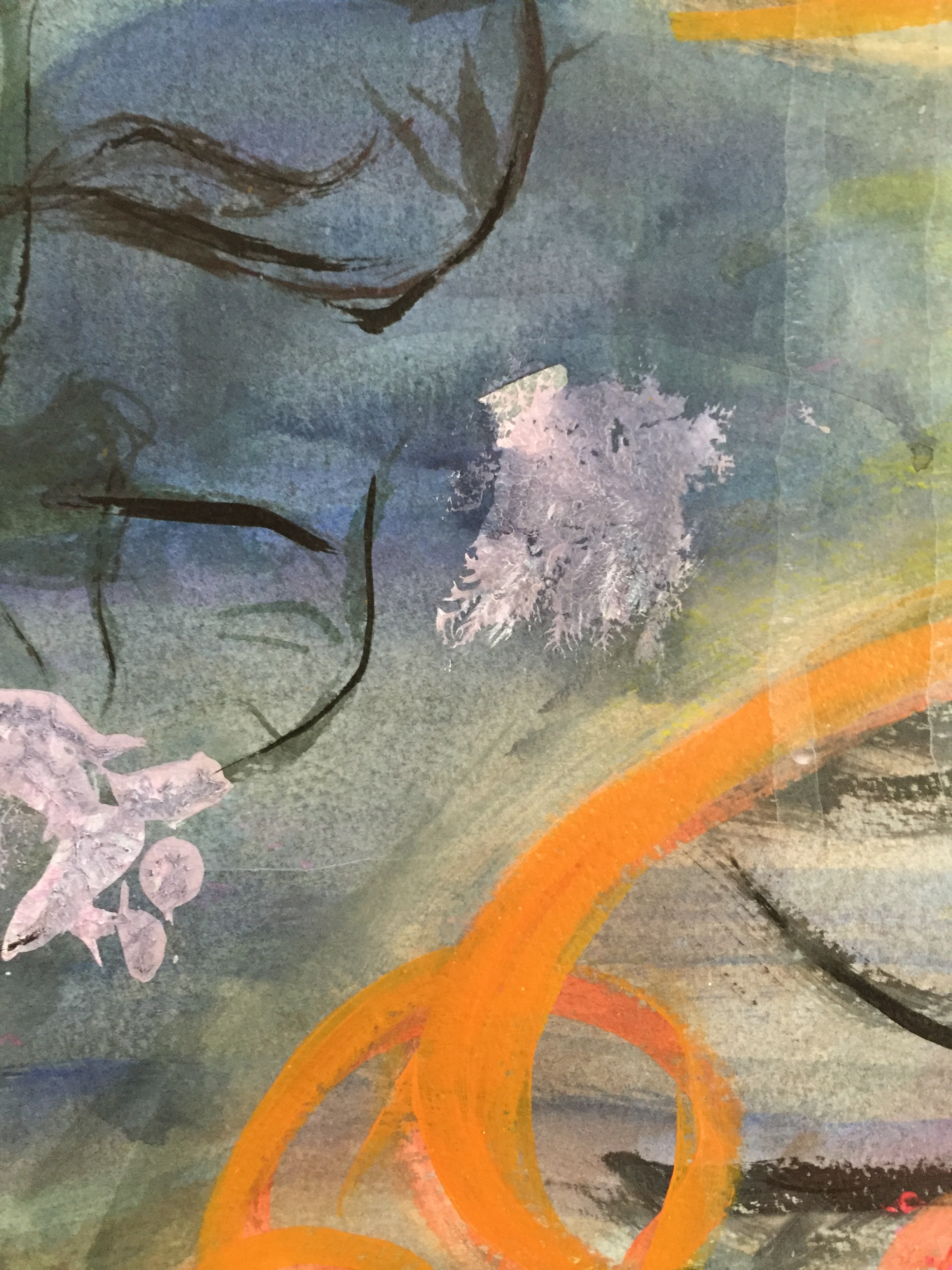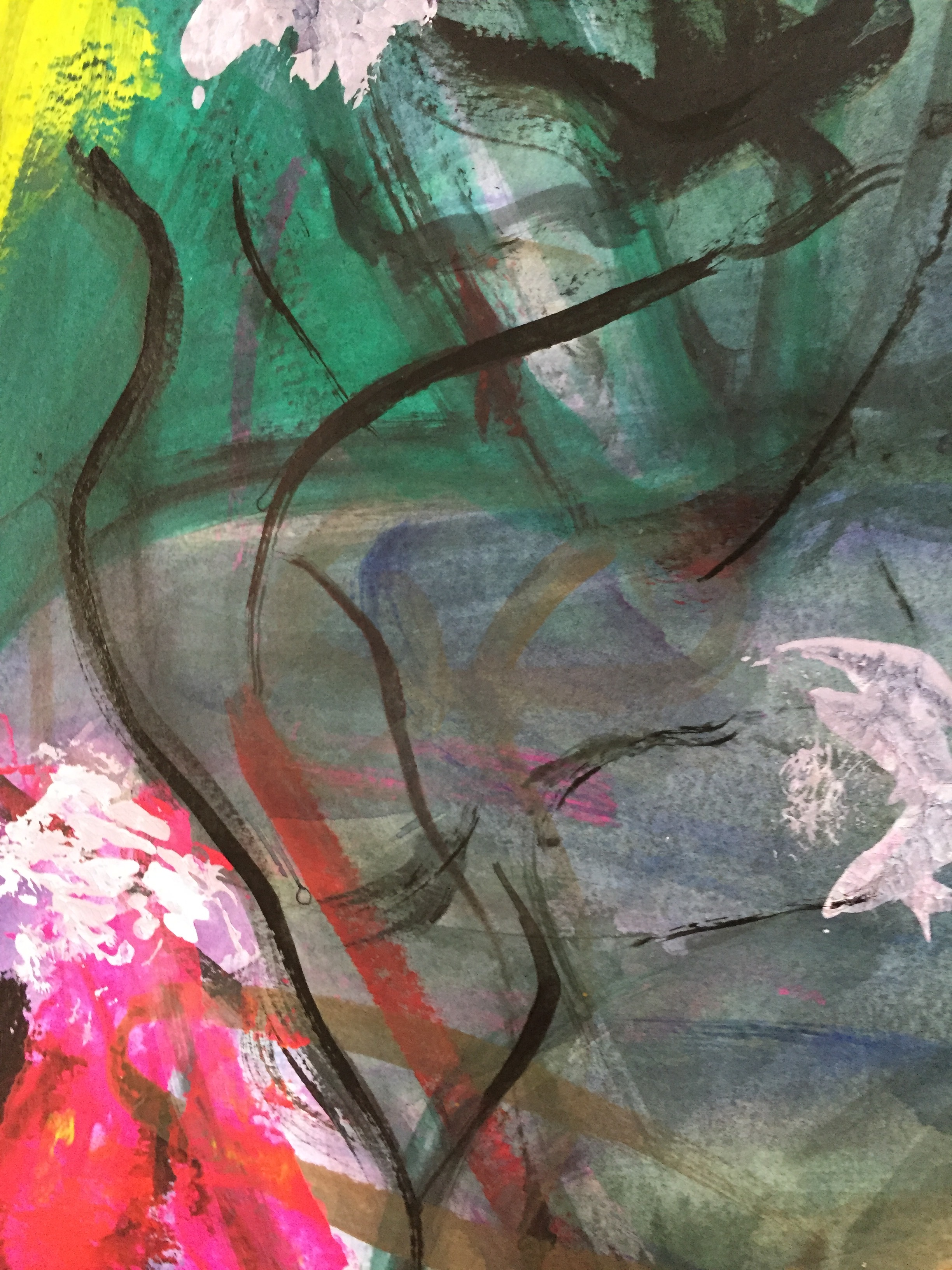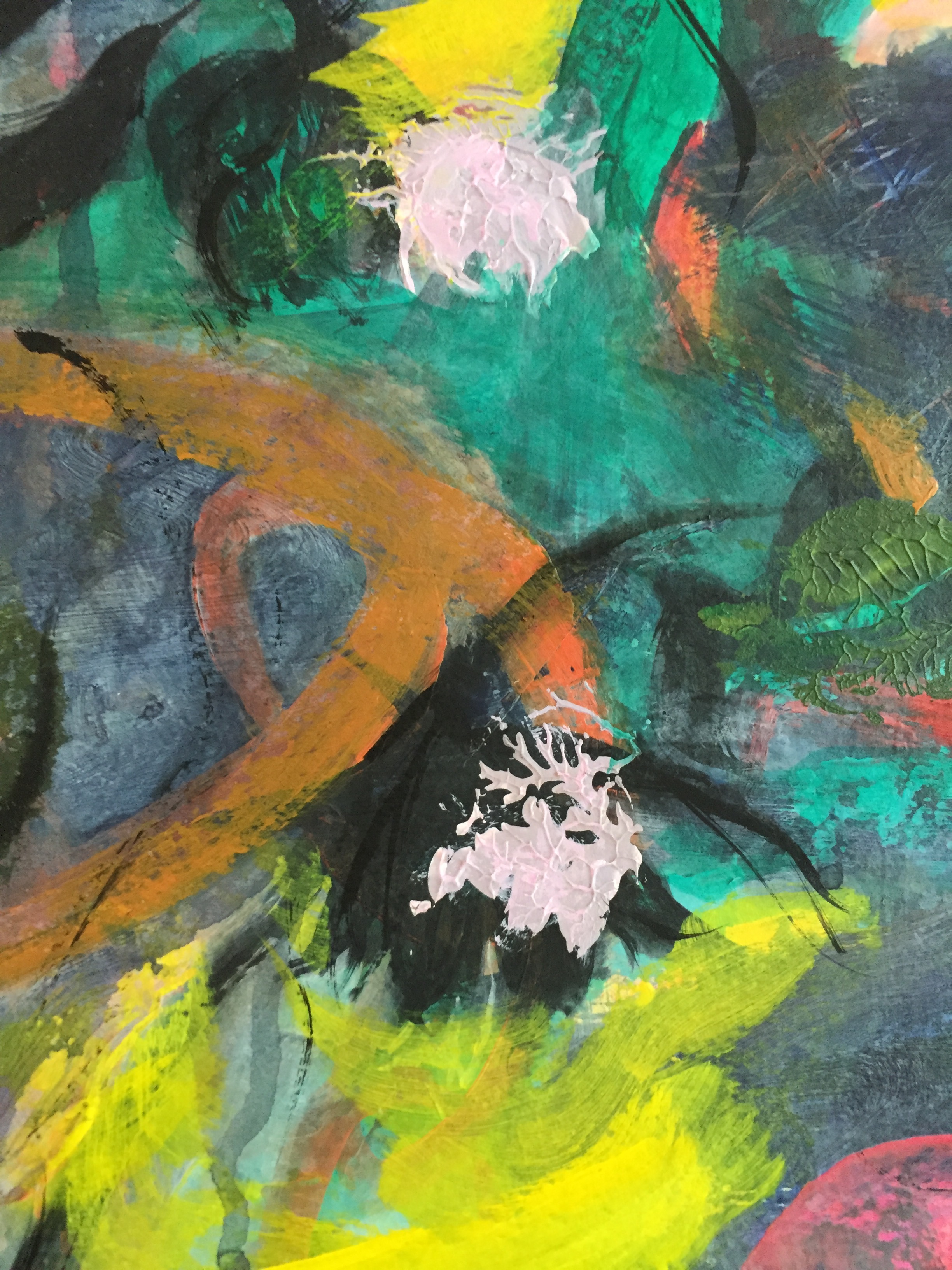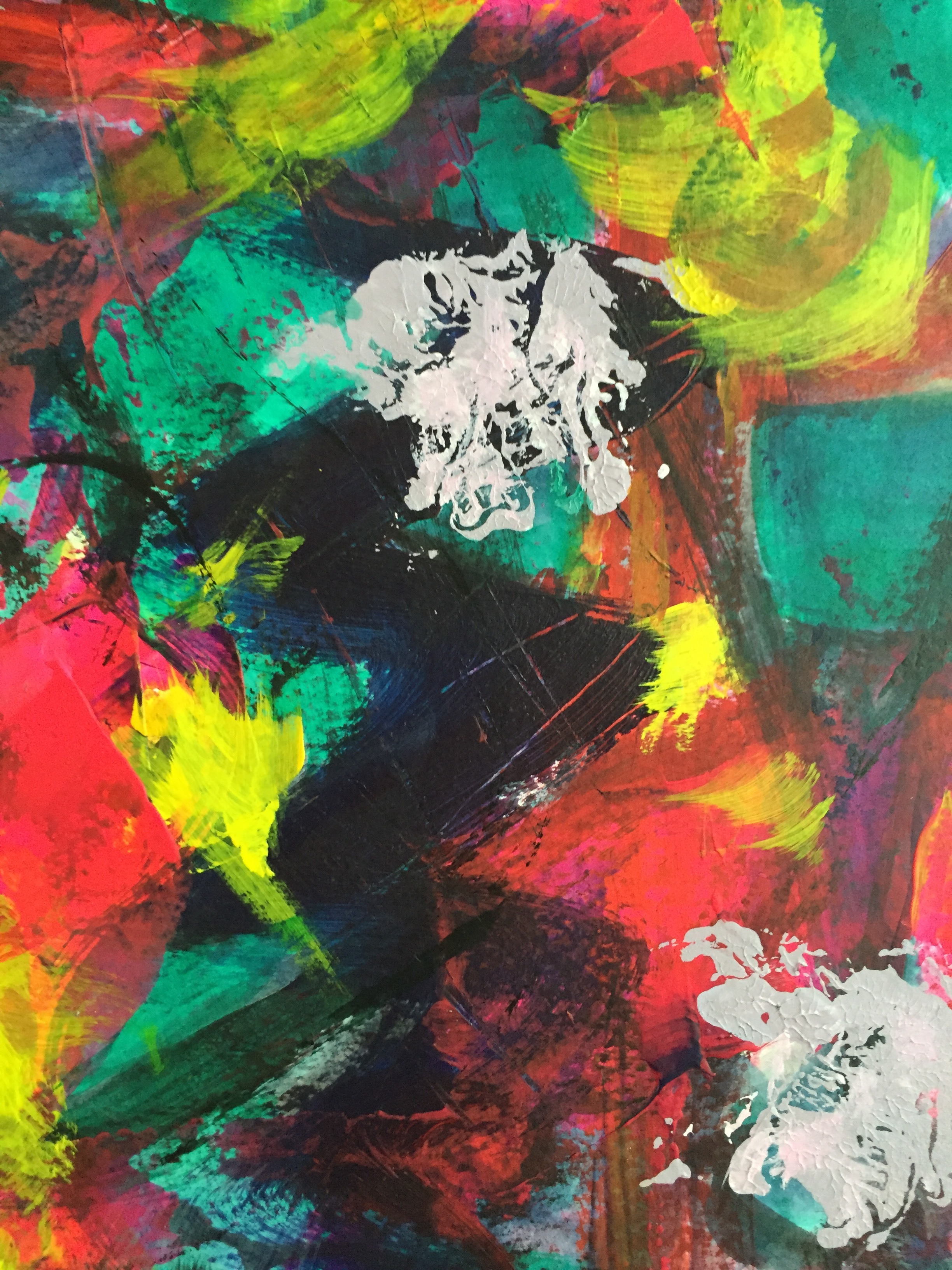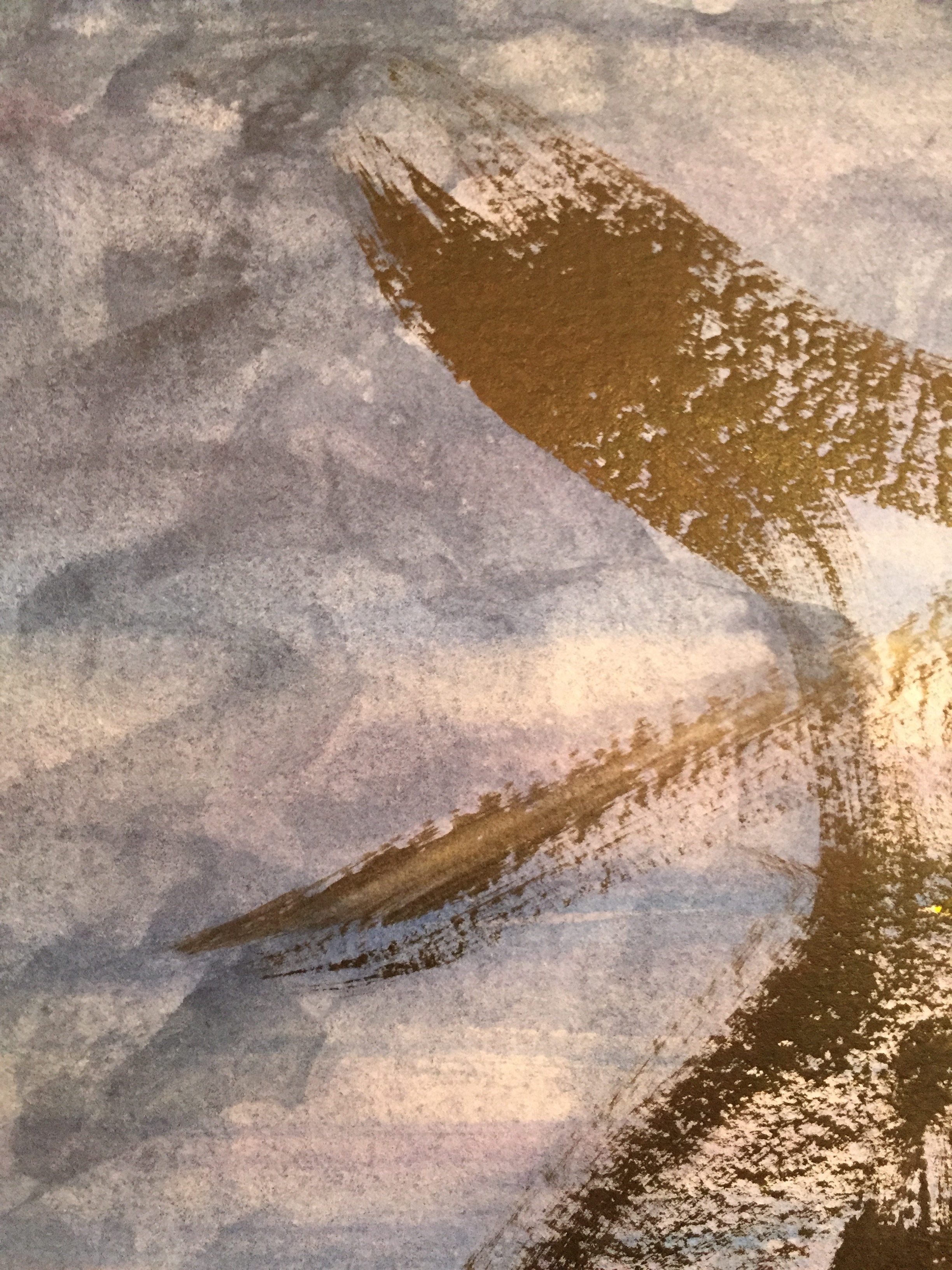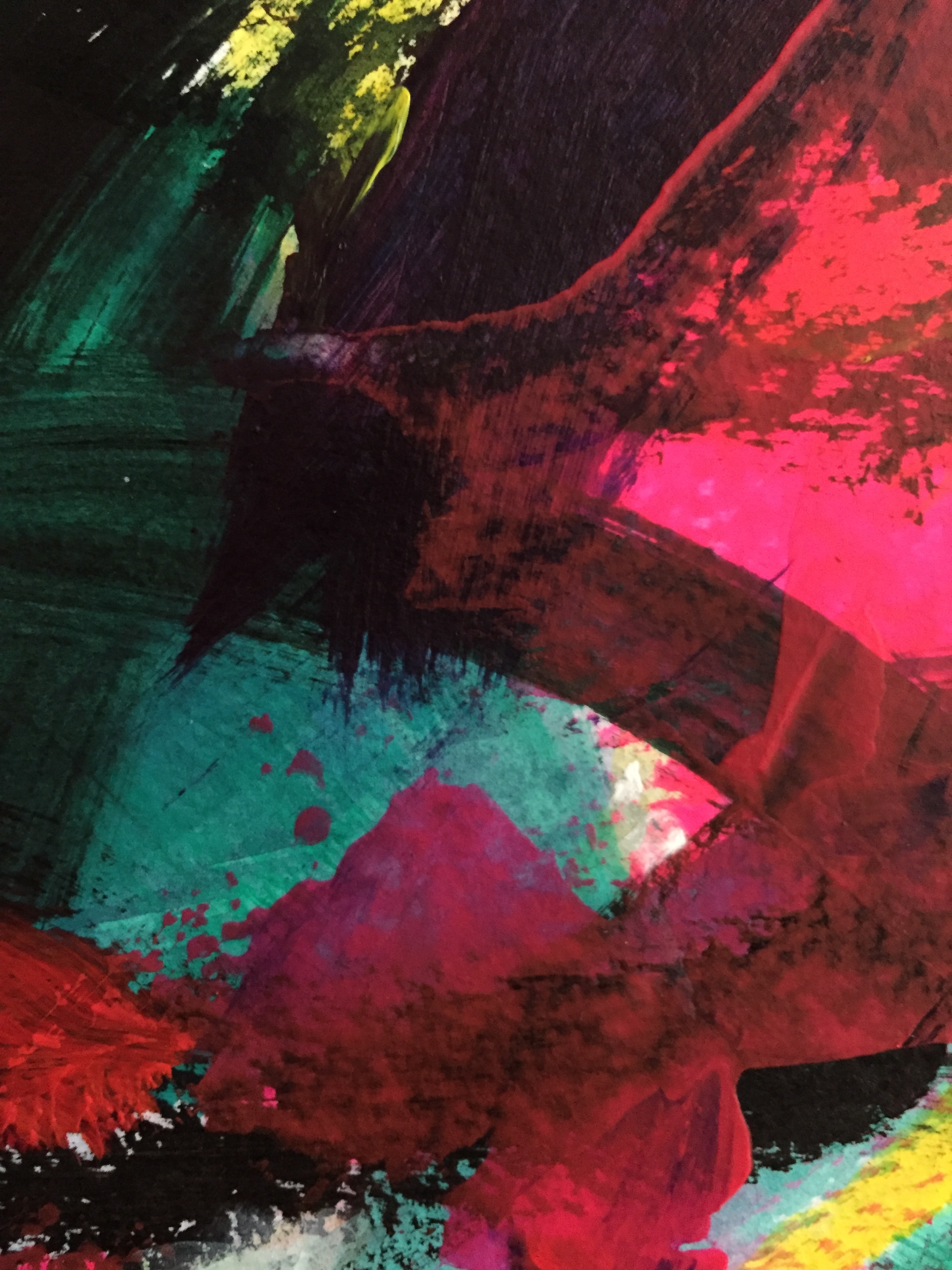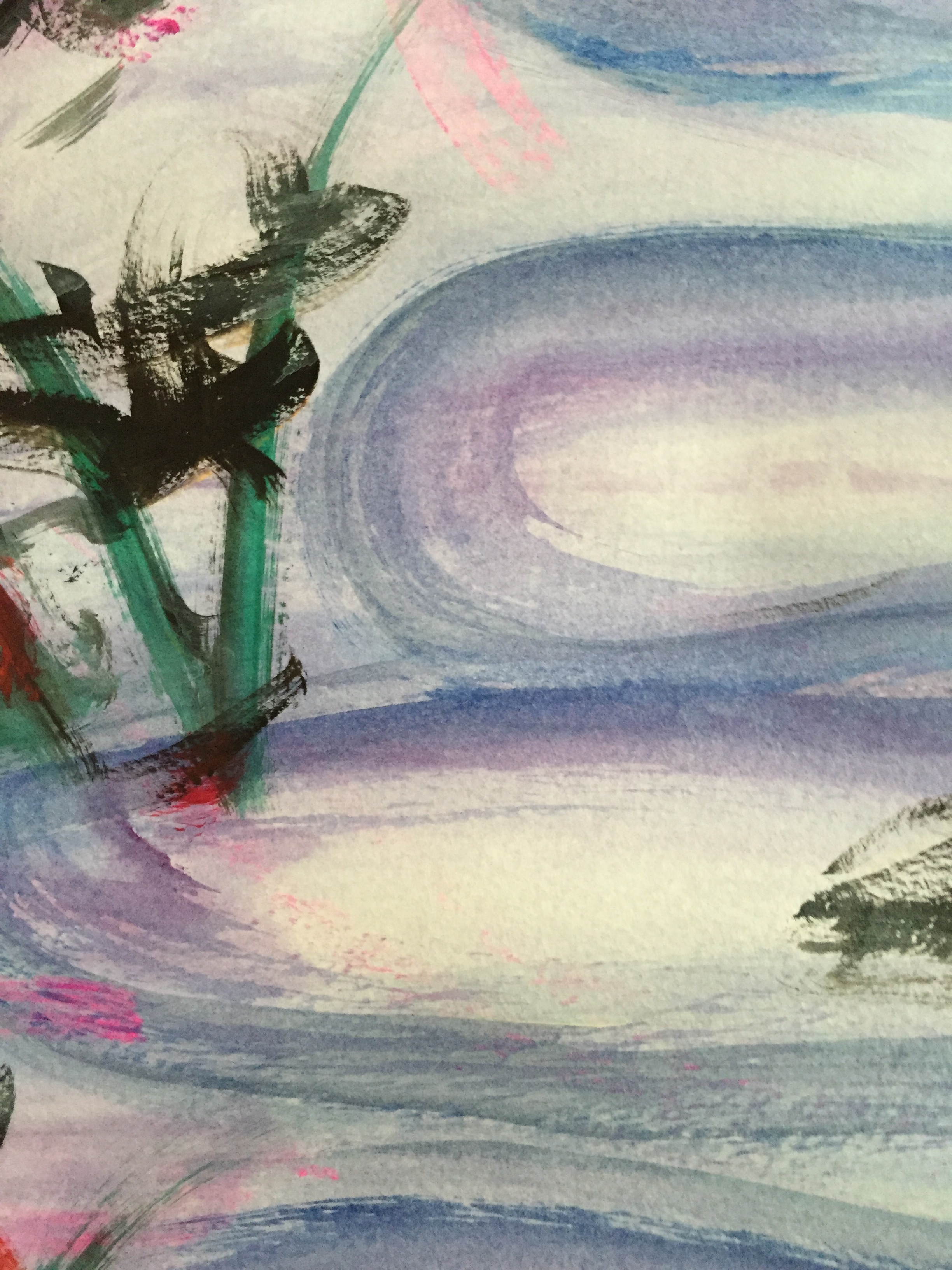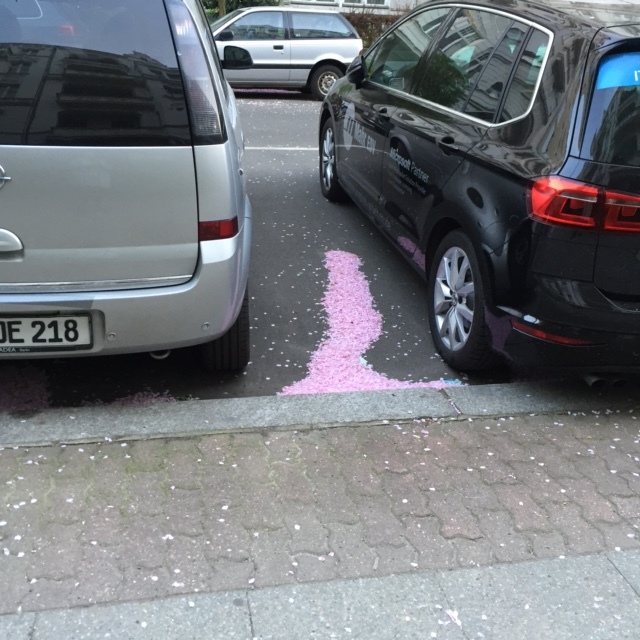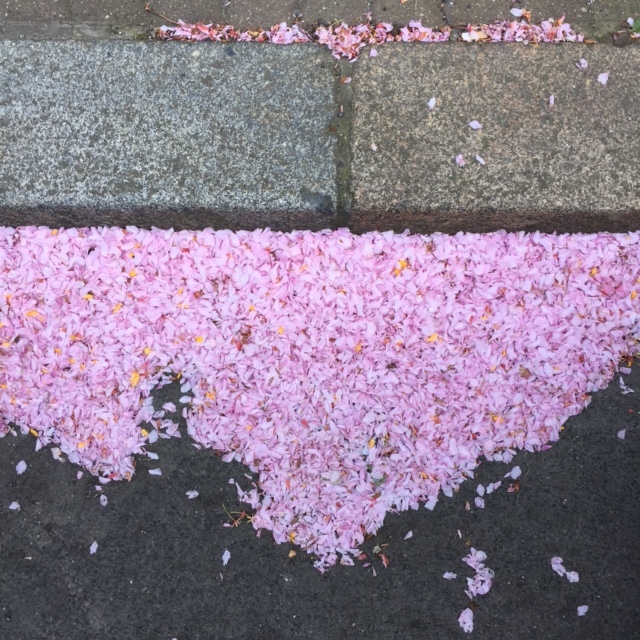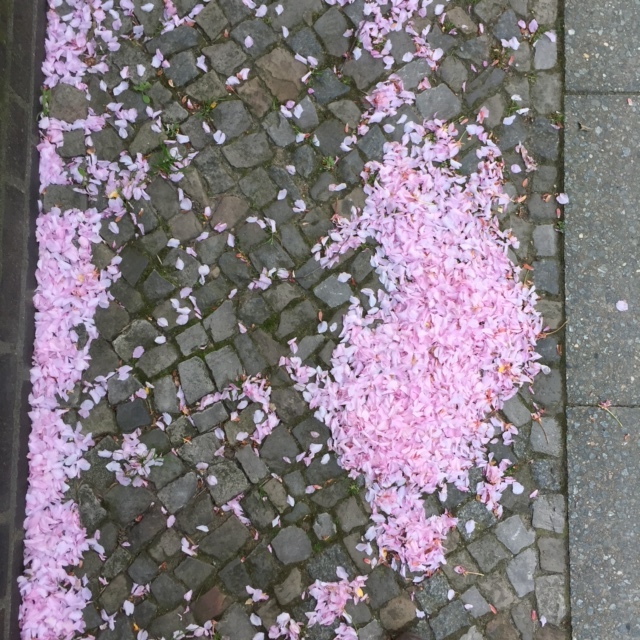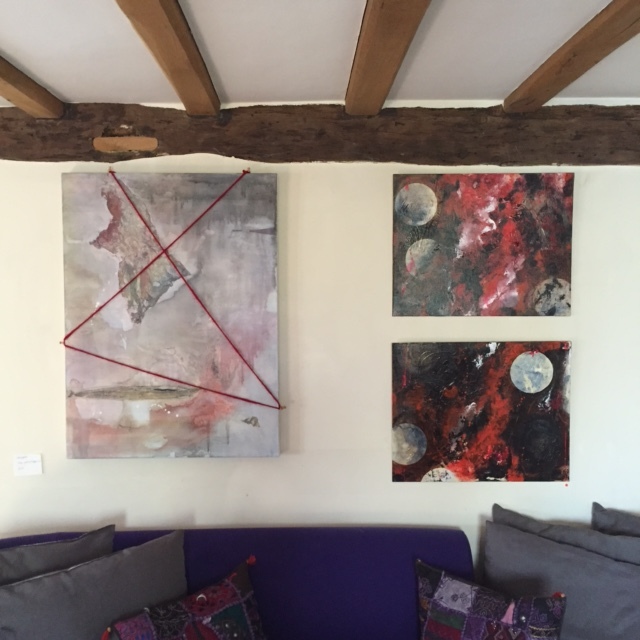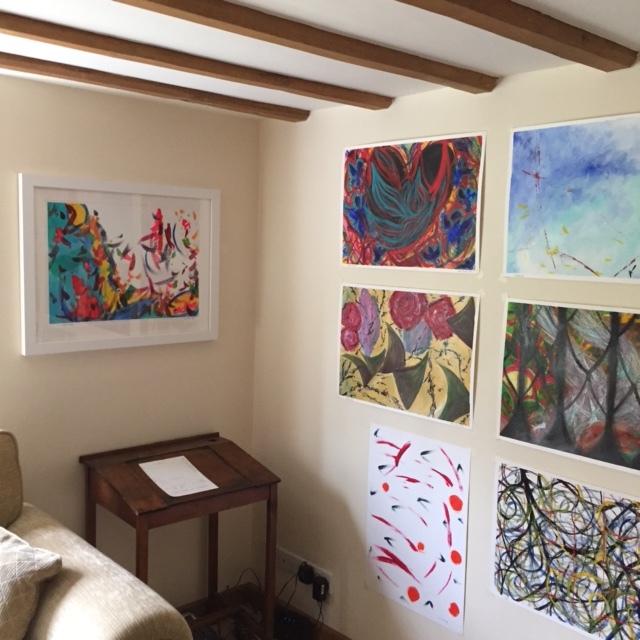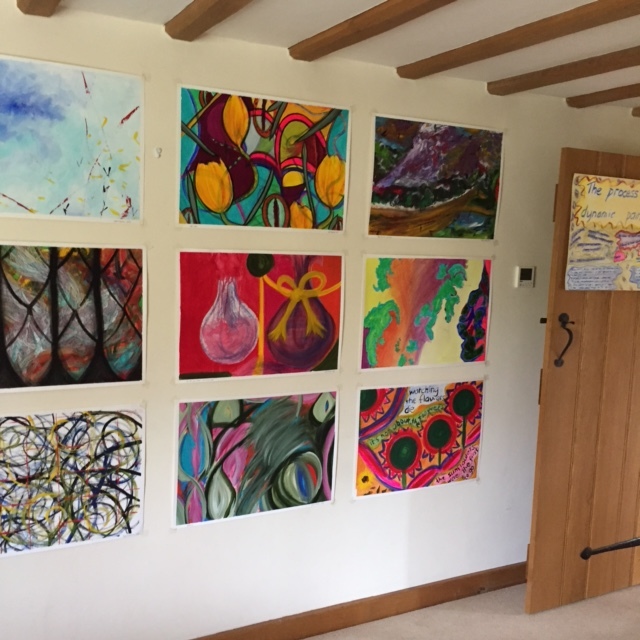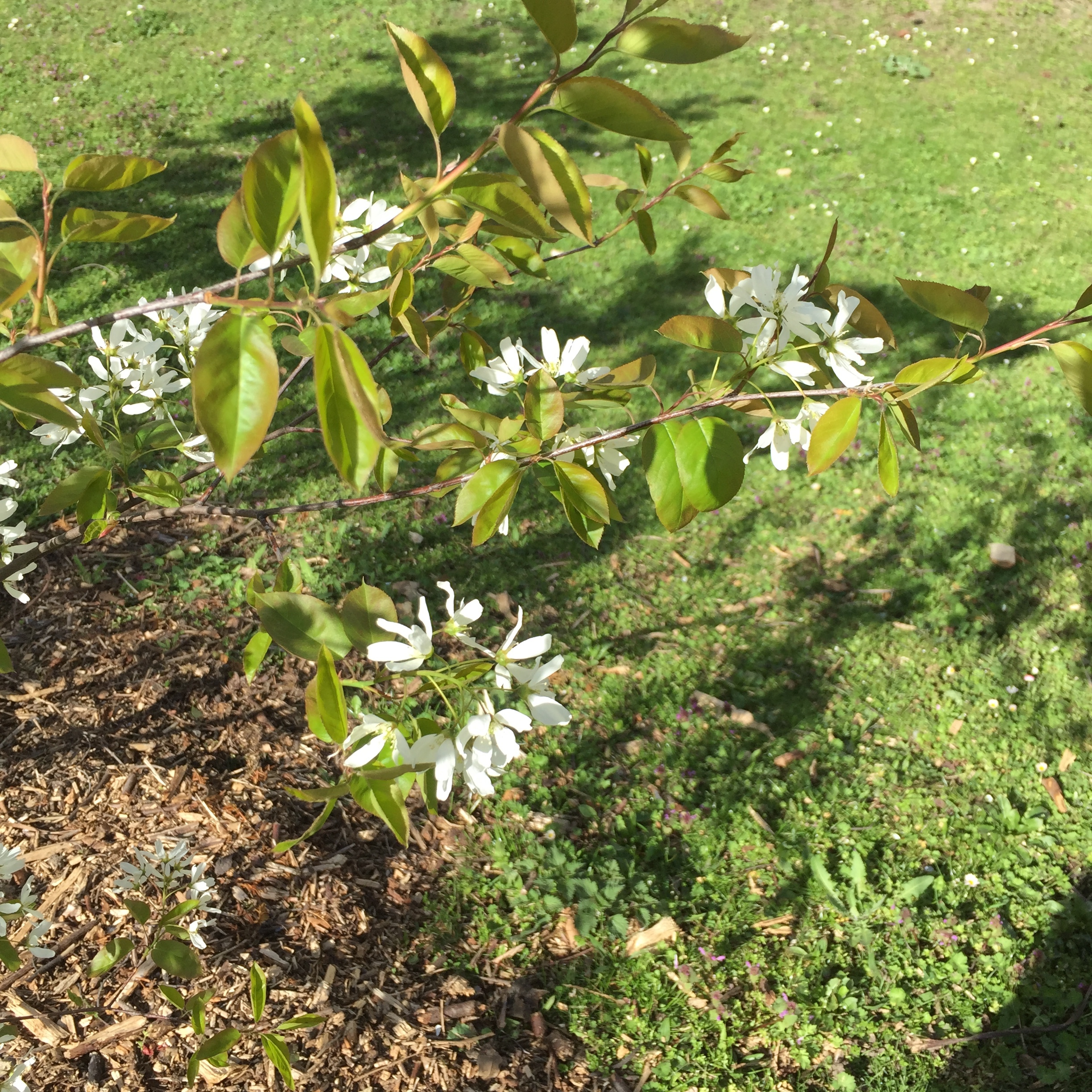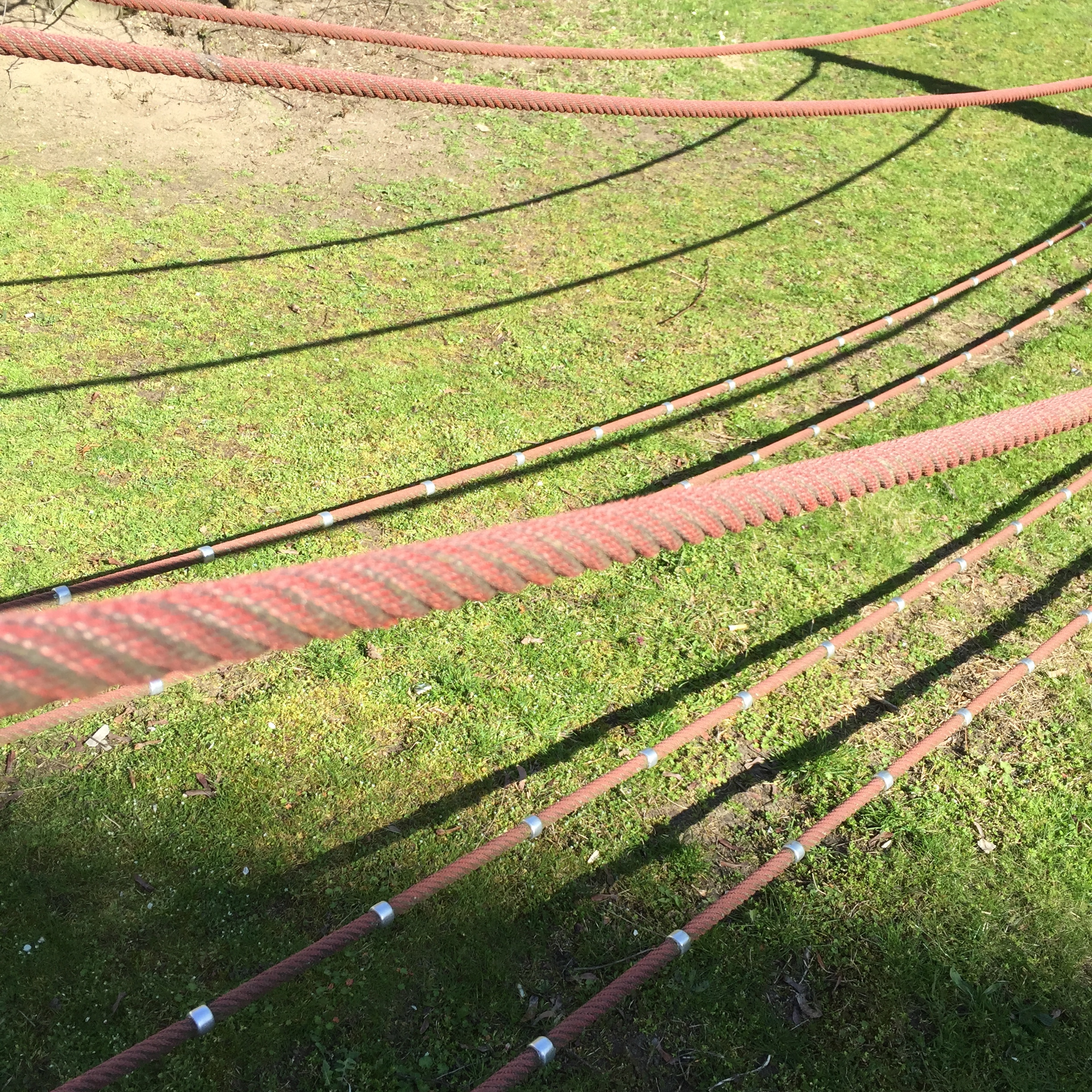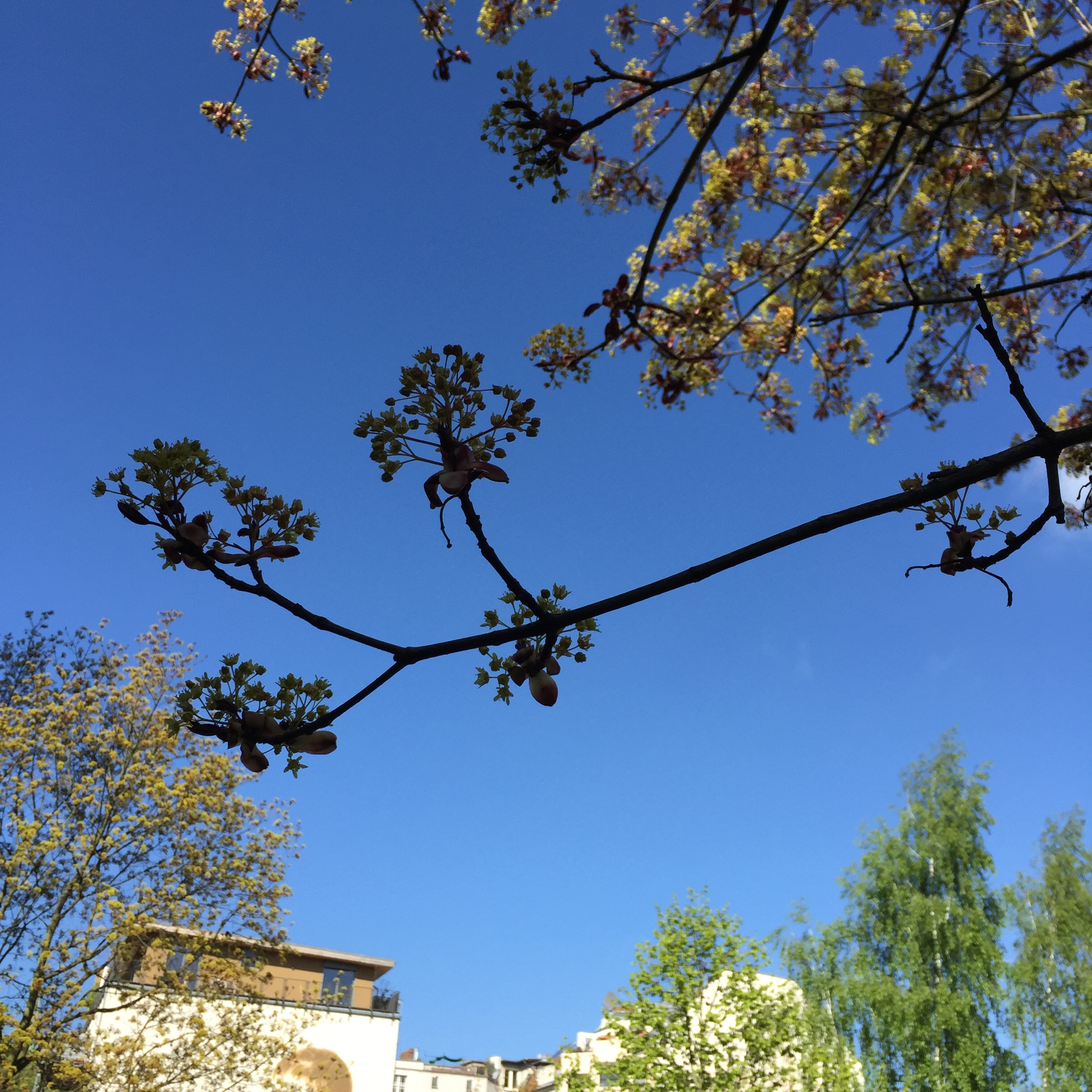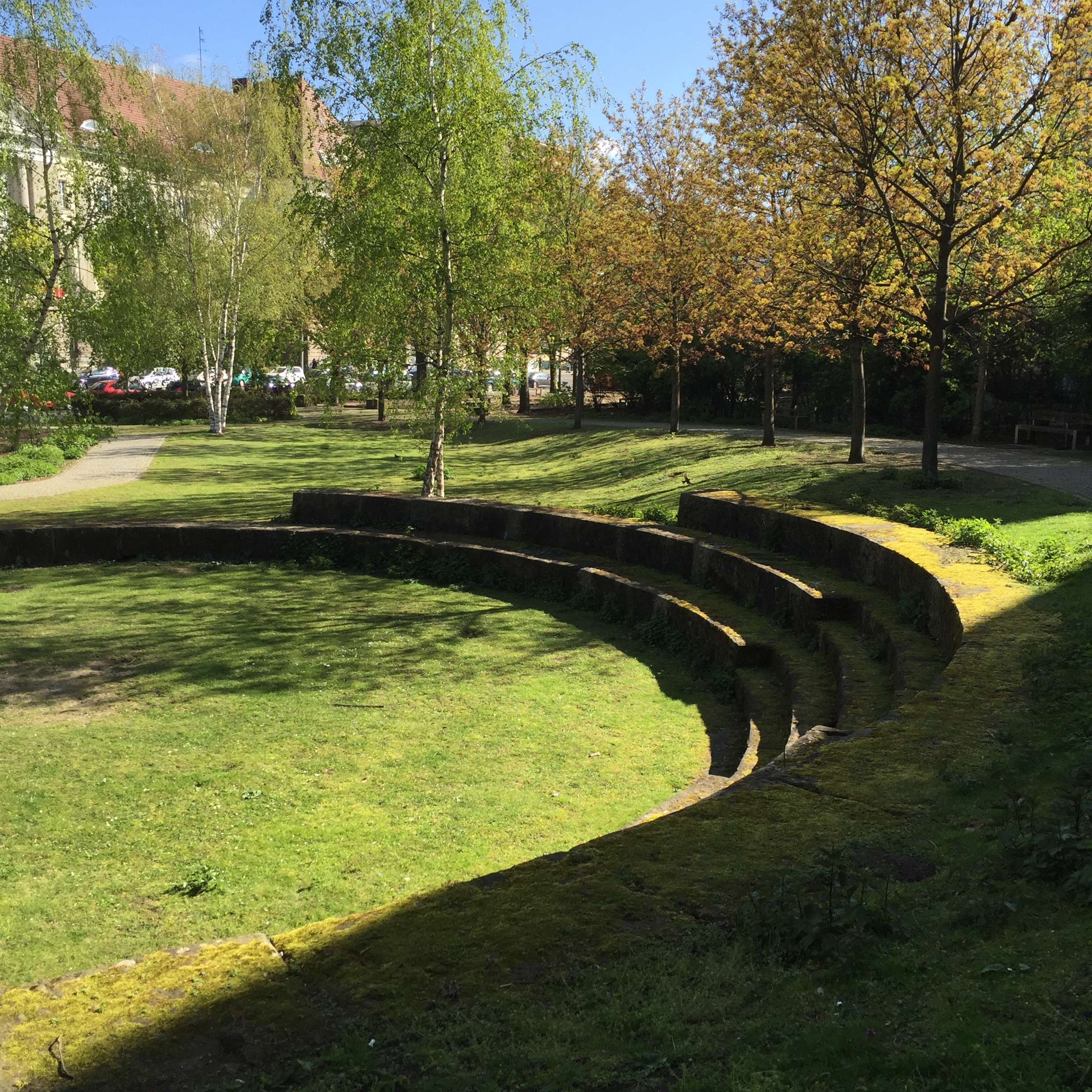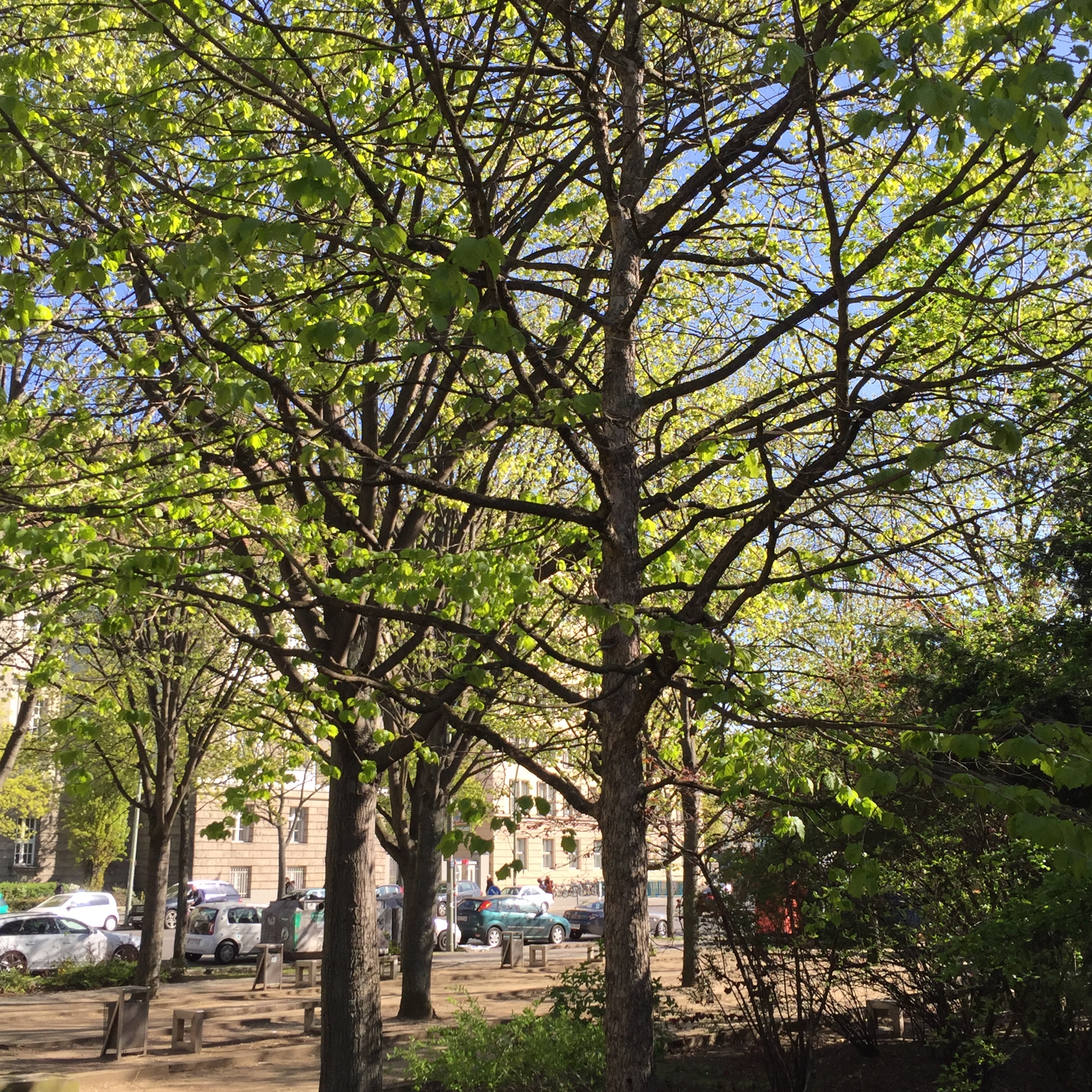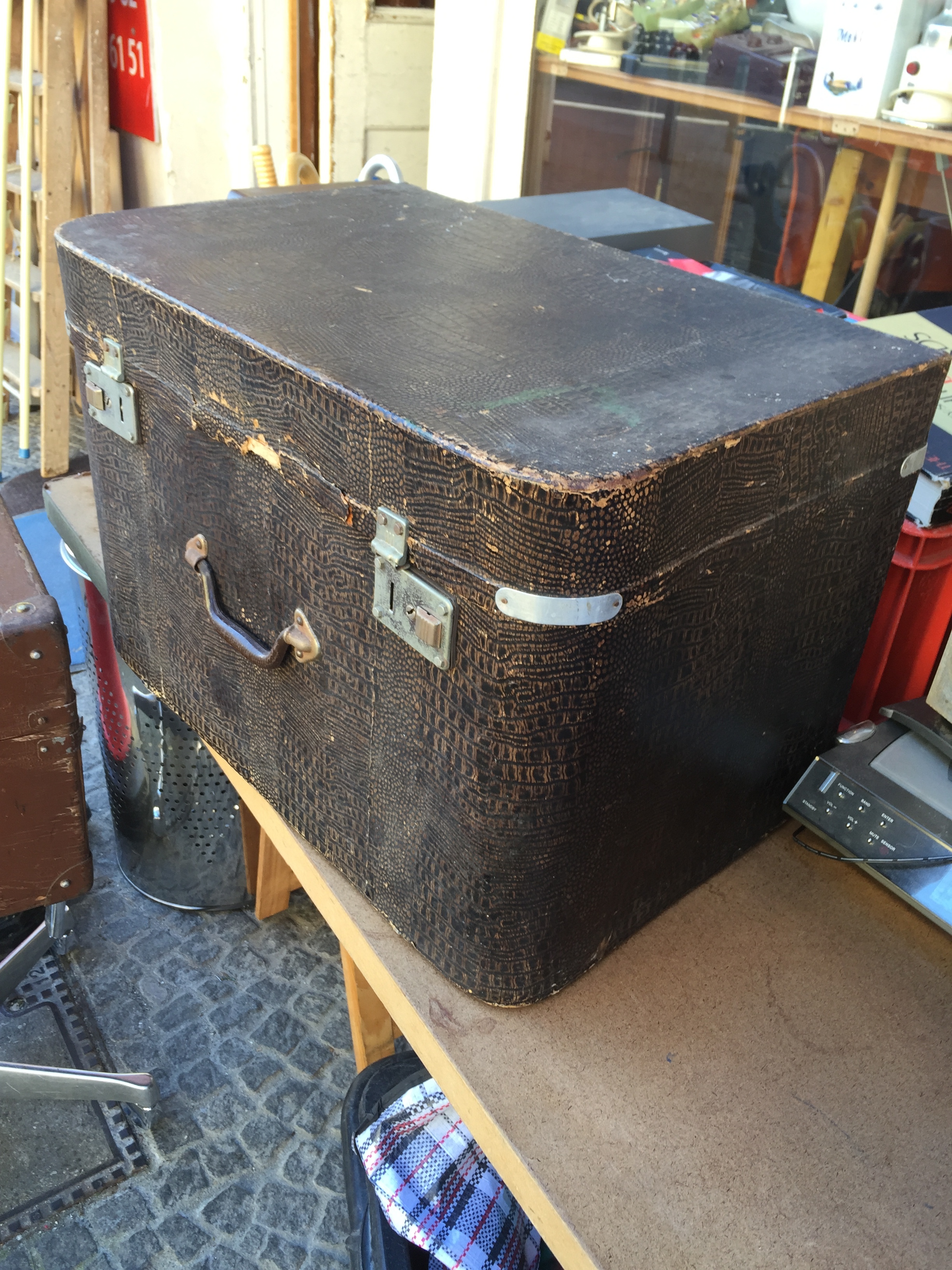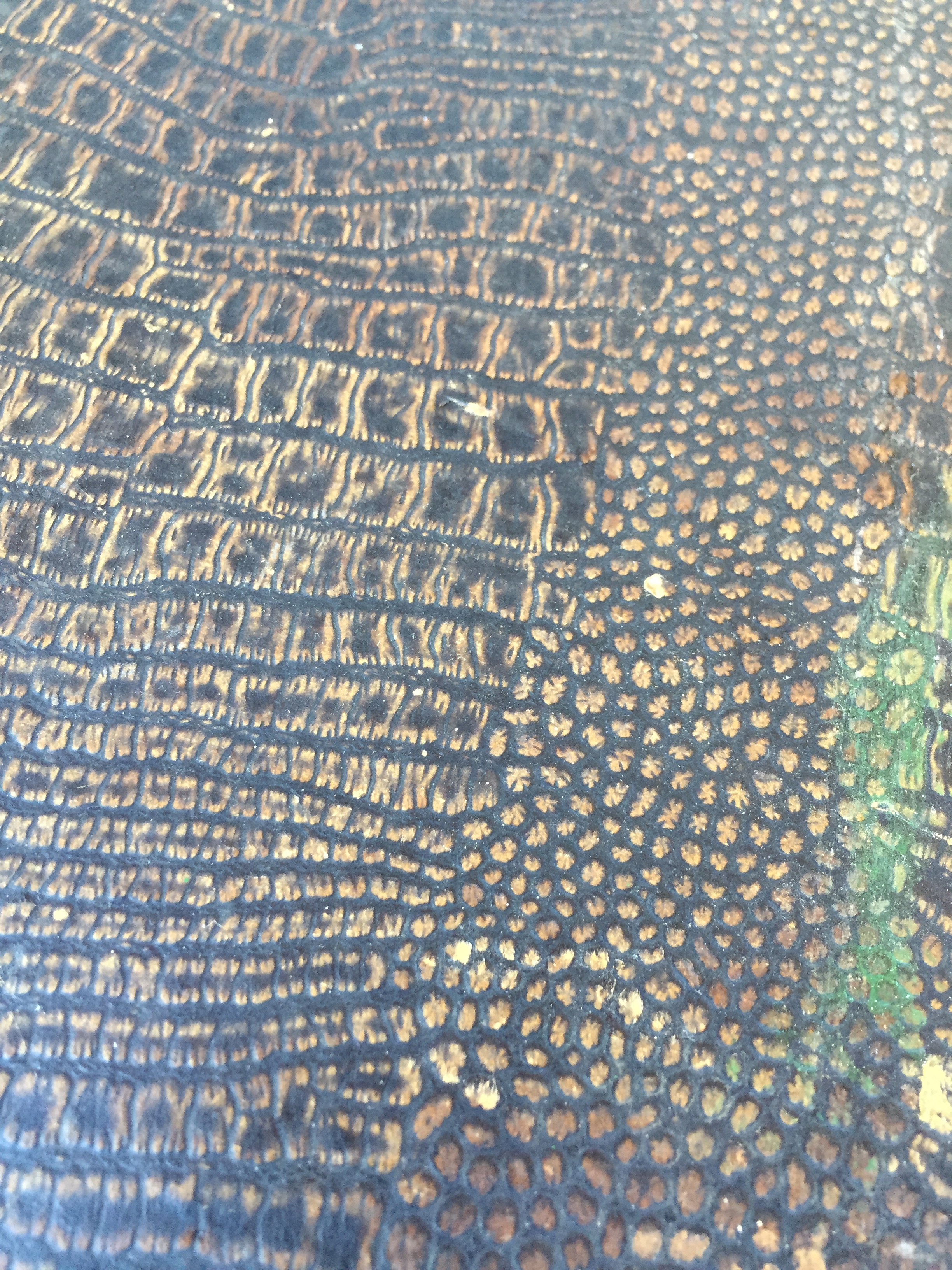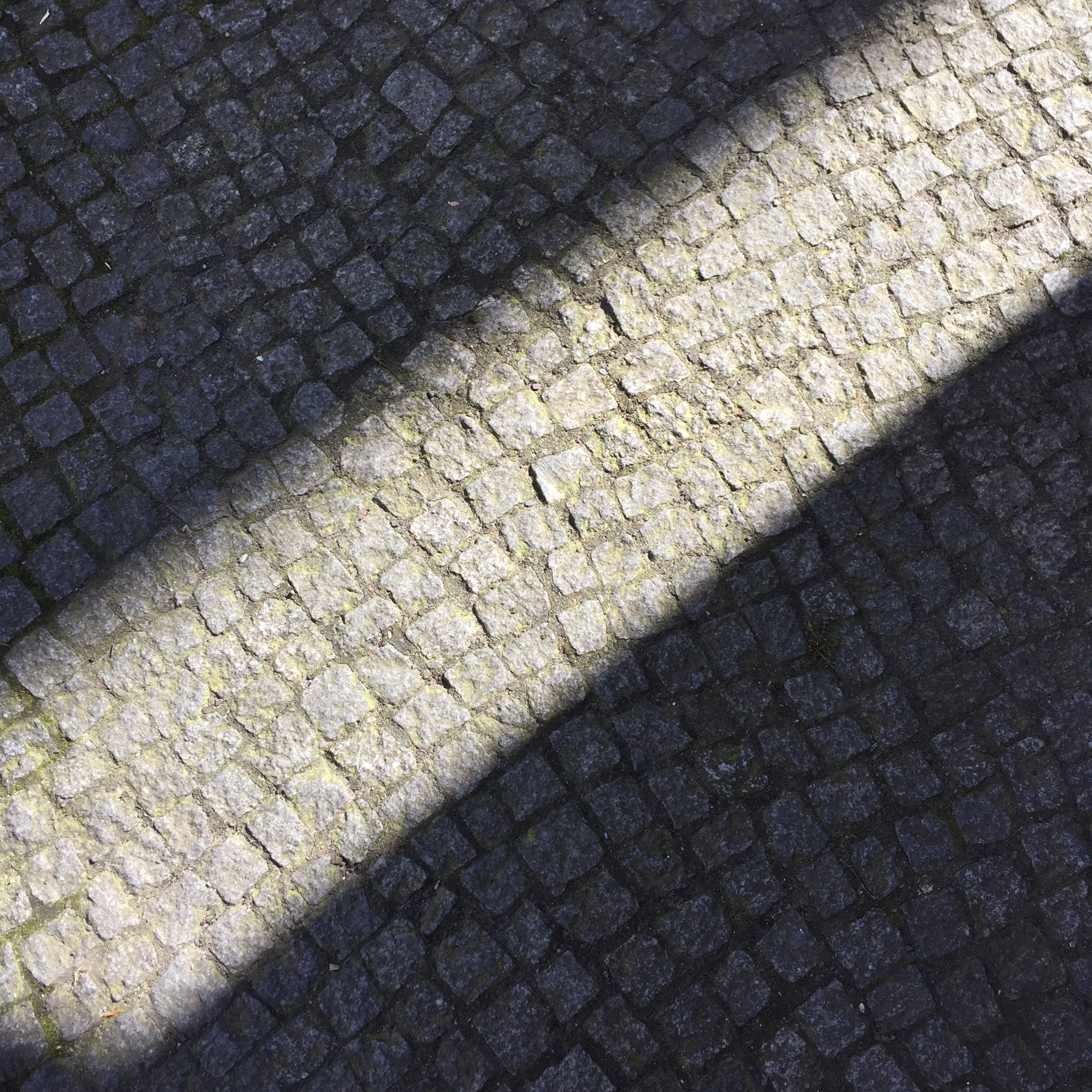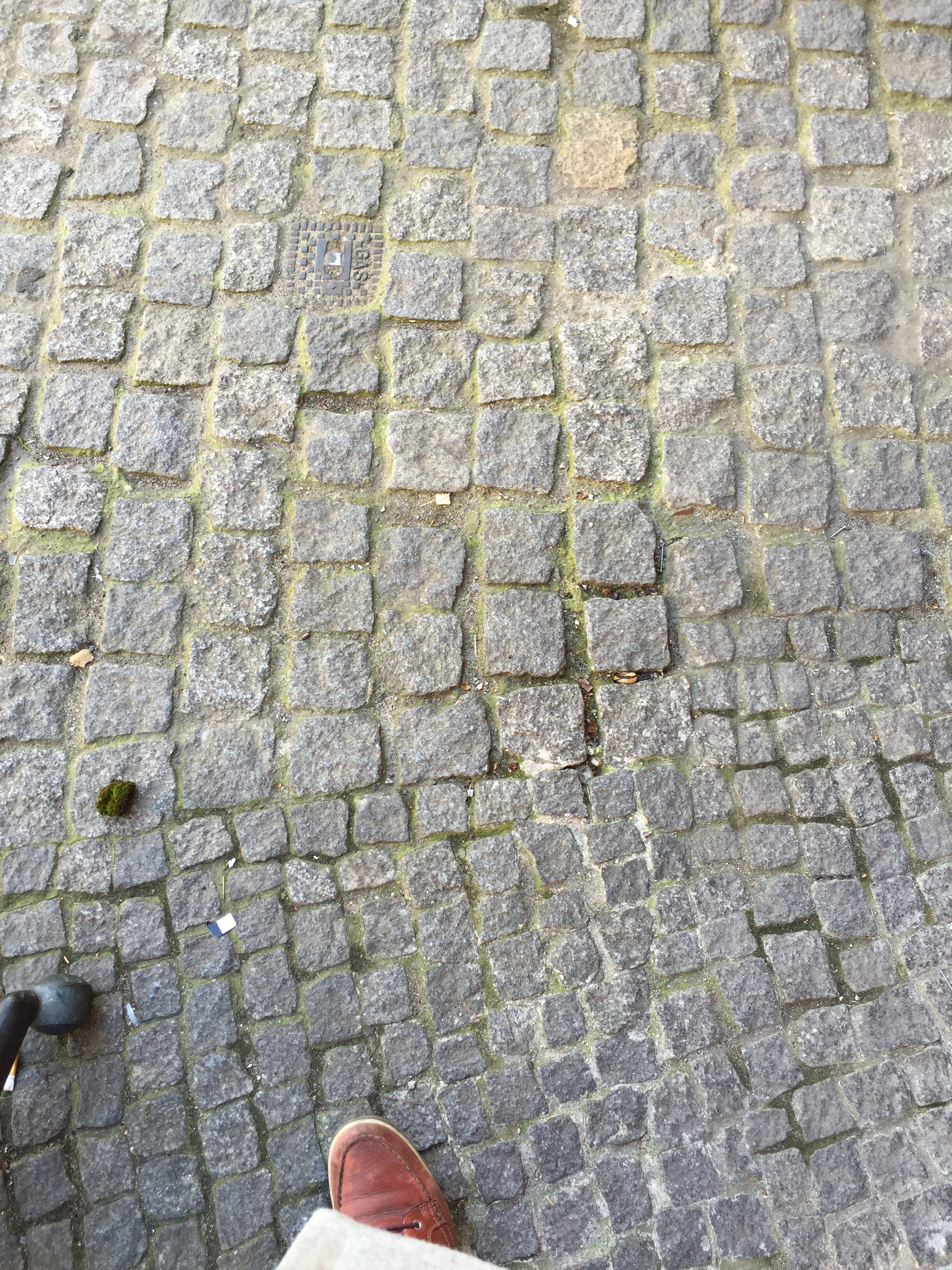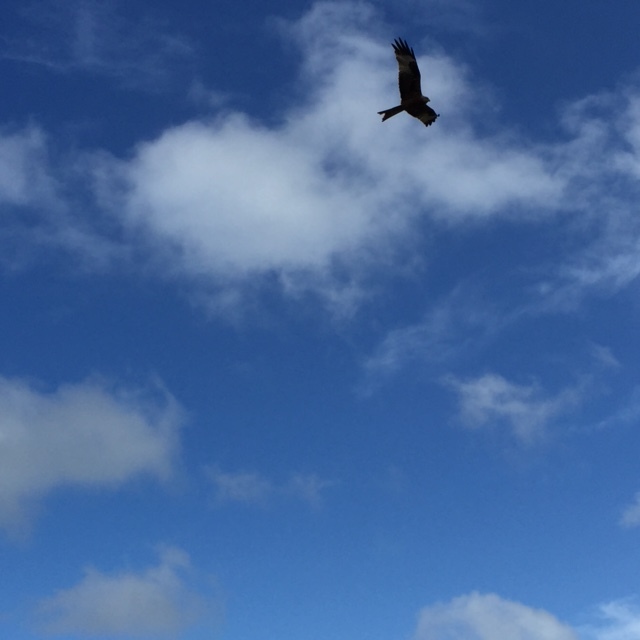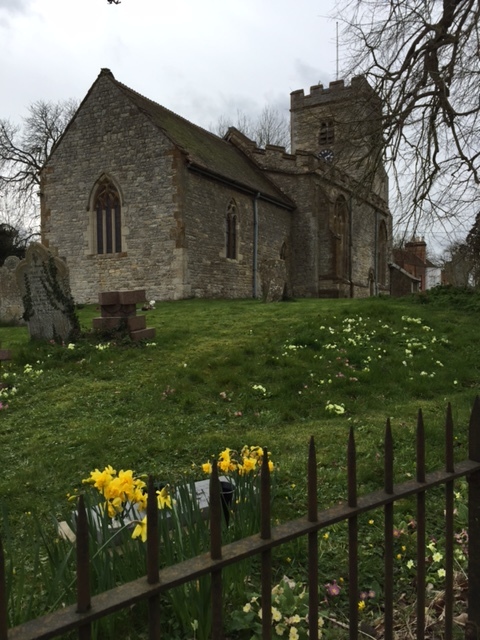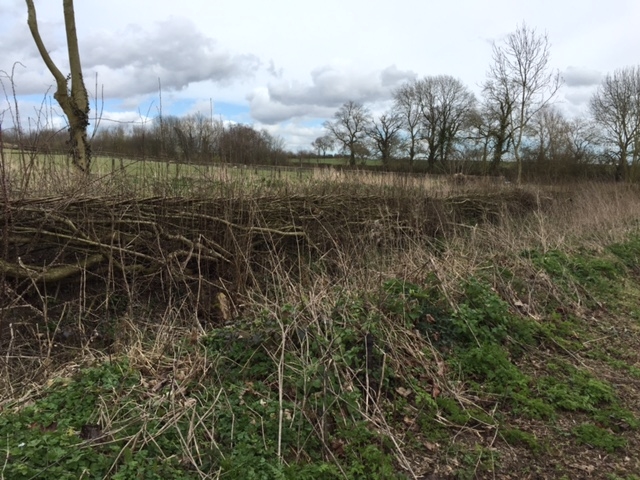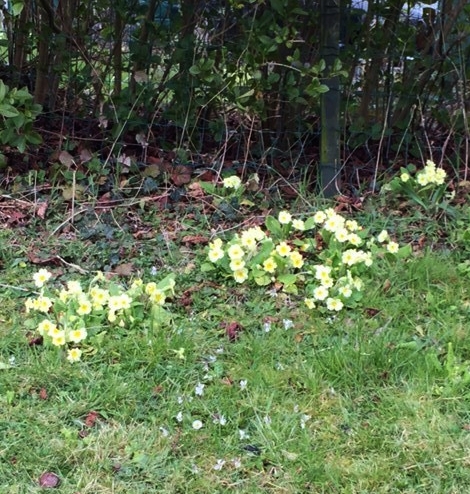The rather mild dynamic painting that I started on Tuesday took flight in a strange and scary way as I listened to the EU referendum outcome. Look closely into the dark space and you will find fear creeping out. It's in all of us, the nightmare fear of losing what matters. And when it insists on being felt, that fear often creates an Other to blame; labelling and blaming can mark the start of violence and hatred.
The politics and rhetoric of the referendum were shamefully misleading, even dishonest. The outcome was shocking. But it was the new emphasis on the Other in social media posts that was most upsetting. The social divisions being pointed out, highlighted, increased: older people were being made Other; immigrants being made Other; non-Londoners being made Other.
I let the horrible image emerge in the painting so I could face it and find out what it was telling me. And I wrote about it on my Empathy blog here
Artists have an important job now to remind people of how the world can be, and of the power of our every choice.










